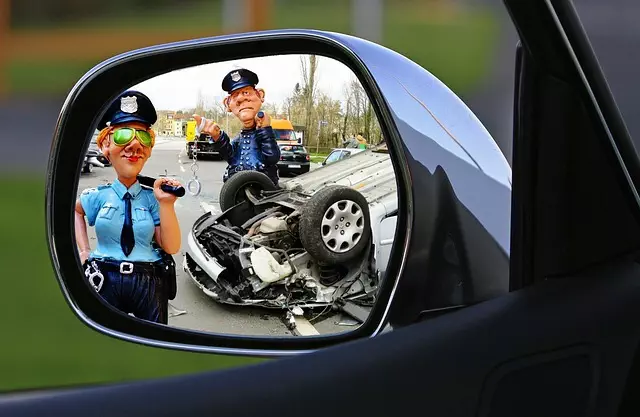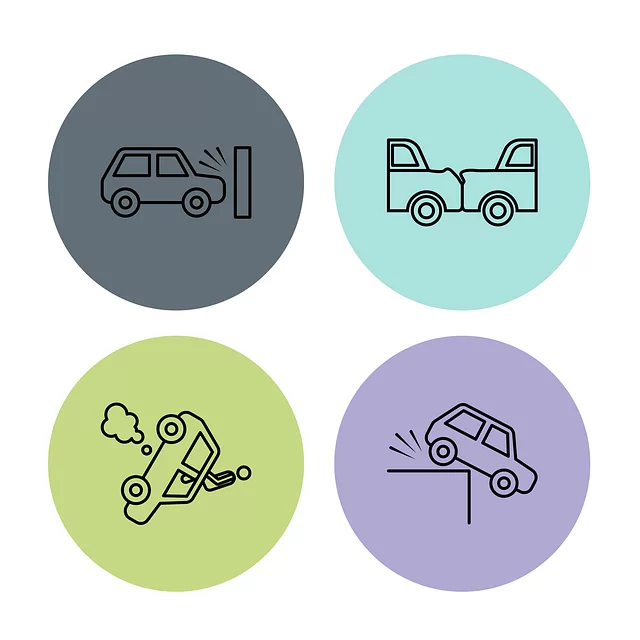New York City faces a rising trend in cell phone-related accidents, impacting both drivers and pedestrians. Despite awareness campaigns and stricter laws, Taxi Cab Insurance Claims are on the increase due to driver distraction. To navigate the claims process effectively, individuals involved in accidents should immediately report the incident, gather essential details, and file a claim with supporting evidence. Using a cell phone while driving is illegal and carries severe penalties, including fines and license suspension. Drivers are encouraged to keep their phones out of reach, use 'Do Not Disturb' modes, set navigation before starting, and employ voice commands for safety.
In New York City, where bustling streets and taxis are a common sight, a rising trend concerns experts: accidents caused by cell phone use while driving. This article explores the growing issue of distracted driving in NYC, focusing on taxi cab insurance claims. We delve into the statistics, the legal implications, and practical tips to prevent these crashes. Understanding the complexities of the taxi cab insurance claims process is crucial for both drivers and passengers, especially in light of stringent penalties for using a cell phone while behind the wheel.
- The Rising Trend of Cell Phone-Related Accidents in NYC
- Understanding Taxi Cab Insurance Claims Process
- Legal Implications and Penalties for Using a Cell Phone While Driving
- Safeguarding Yourself: Tips to Prevent Distracted Driving
The Rising Trend of Cell Phone-Related Accidents in NYC

In recent years, New York City (NYC) has witnessed a concerning rise in cell phone-related accidents, impacting both pedestrians and vehicle drivers alike. This trend has brought significant attention to the dangers of distracted driving, particularly with the increased use of smartphones. With the city’s bustling streets and heavy traffic, including countless taxi cabs navigating through the maze of urban landscapes, the potential for collisions is ever-present.
NYC’s statistic on cell phone accidents reveals a worrying picture. As more individuals become engrossed in their devices, the number of instances where drivers are distracted due to text messaging, making calls, or browsing has increased dramatically. This issue is further exacerbated by the high pedestrian traffic in urban areas, leading to a rise in Taxi Cab Insurance Claims. The city’s efforts to raise awareness and implement stricter laws have been met with some success, but the problem persists, underscoring the need for continued education and vigilance regarding responsible phone usage while on the road.
Understanding Taxi Cab Insurance Claims Process

In New York City, taxi cab insurance claims process is a crucial aspect for both drivers and passengers alike. When a car accident involving a taxicab occurs, understanding the claims procedure can be vital in ensuring fair compensation. The process typically begins with reporting the incident to the insurance company of the cab company involved. Passengers should gather essential information such as the cab company’s contact details, policy numbers, and driver’s information immediately after the accident.
Filing a claim involves submitting a written statement describing the event, along with any relevant evidence like police reports, medical records, and witness statements. The insurance company will then assess the claim, negotiate with other involved parties, and determine the compensation amount based on policy terms and applicable laws. Efficient communication with the cab company’s insurer is essential to expedite the process and secure the financial support needed for any damages or injuries incurred during the accident.
Legal Implications and Penalties for Using a Cell Phone While Driving

In New York City, using a cell phone while driving is illegal and comes with severe legal consequences. The penalties for this offense can include fines, license suspension, or even imprisonment, depending on the severity of the incident. Drivers caught texting or making calls on their phones risk facing charges that could impact their ability to obtain Taxi Cab Insurance Claims in the future. These strict laws aim to deter drivers from engaging in activities that distract them from the road, thus reducing car accidents caused by cell phone use.
The implications extend beyond individual penalties. Insurance companies closely monitor cases of distracted driving, and those convicted may face higher premiums or even denial of coverage for Taxi Cab Insurance Claims. This is particularly important in a bustling city like NYC where taxi cabs are prevalent, ensuring that drivers stay focused on the road to protect not only themselves but also their passengers and other road users.
Safeguarding Yourself: Tips to Prevent Distracted Driving

Staying safe on the roads is paramount, especially with the ever-present distraction of mobile phones. In New York City, where taxi cab insurance claims are not uncommon, it’s crucial to prioritize focused driving. One effective strategy is to keep your phone out of reach and enable modes that discourage usage while driving, such as ‘Do Not Disturb’ or dedicated apps that block calls and texts temporarily.
Additional tips include planning and preparation; for instance, setting navigation before starting the vehicle ensures your eyes remain on the road. Also, create a hands-free environment by using voice commands for calling or music playback, allowing you to maintain full control over the steering wheel and the vehicle’s direction. Remember, these simple precautions can significantly reduce the risk of accidents caused by cell phone distraction.
Cell phone use while driving, a growing concern in NYC, significantly contributes to accidents and poses severe legal repercussions. Understanding the taxi cab insurance claims process is crucial for those involved in such incidents. By recognizing the risks, staying informed about legal implications, and adopting safe driving practices, NYC residents can help reduce cell phone-related accidents. Remember, safeguarding lives on the road is a collective responsibility.
